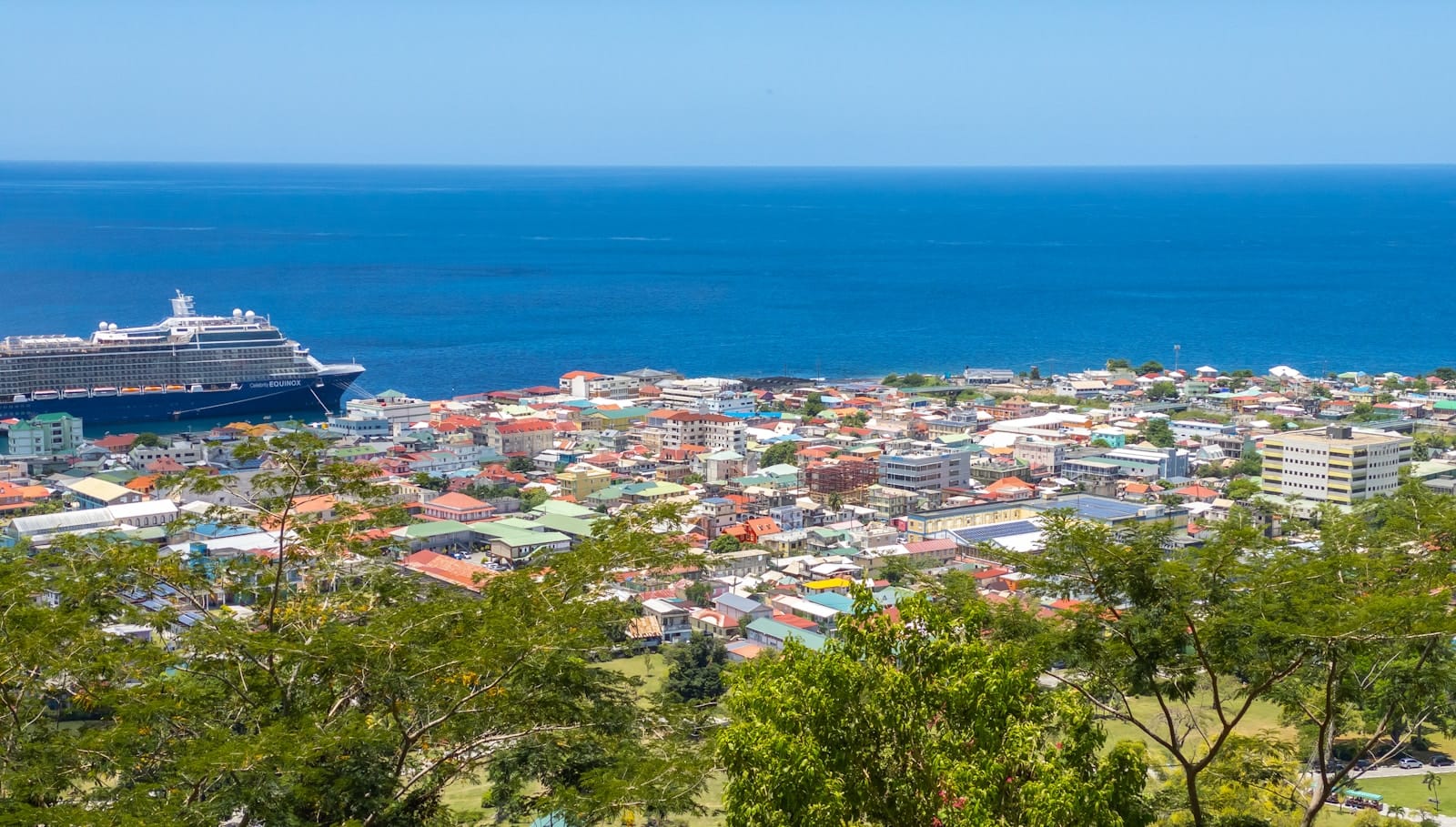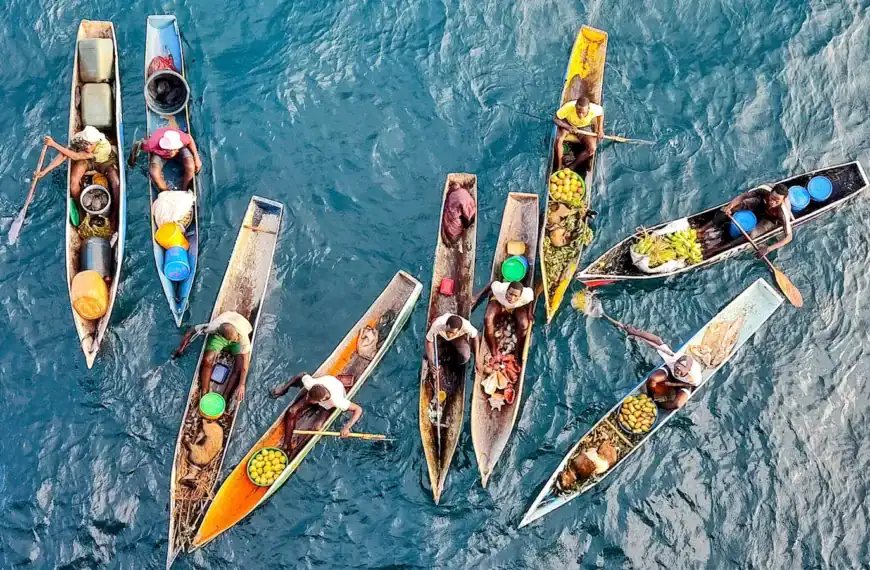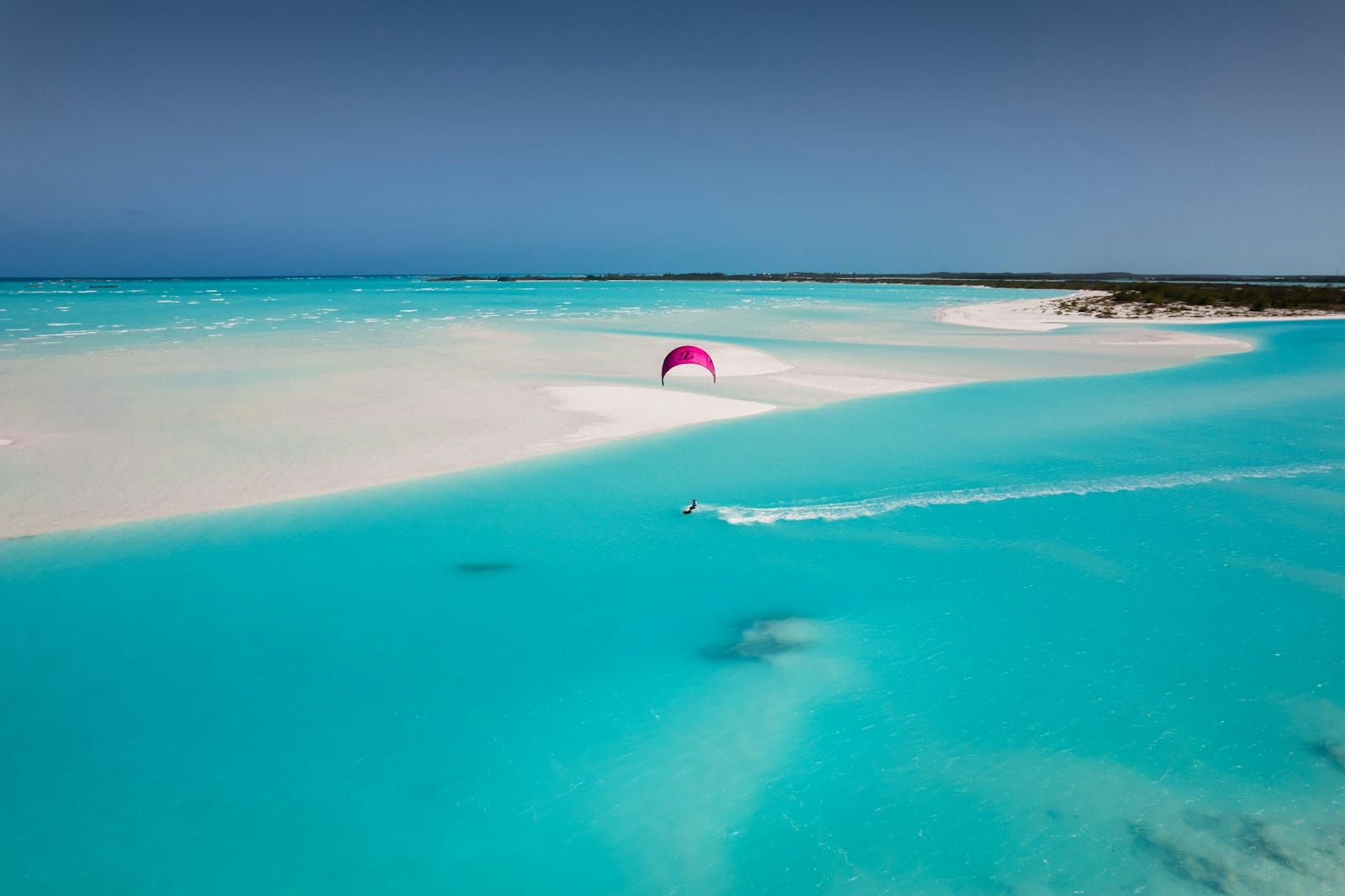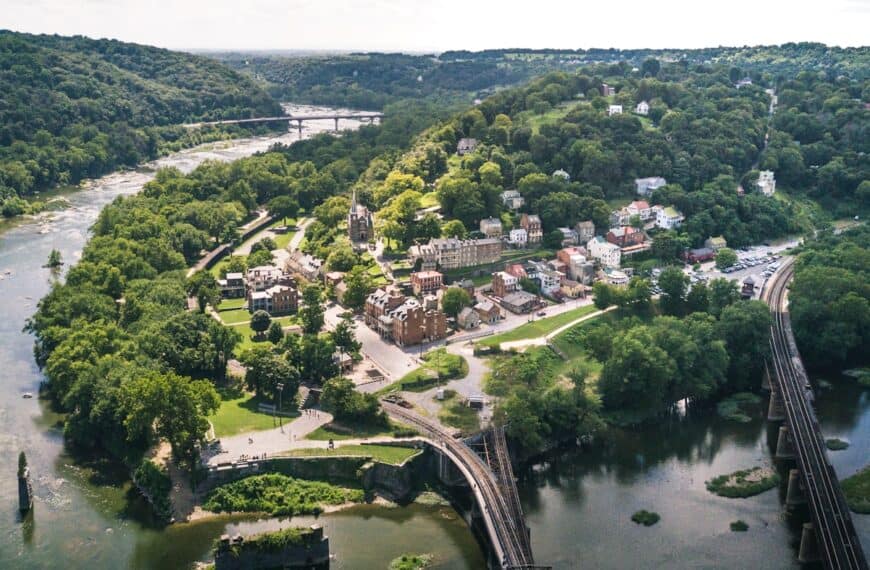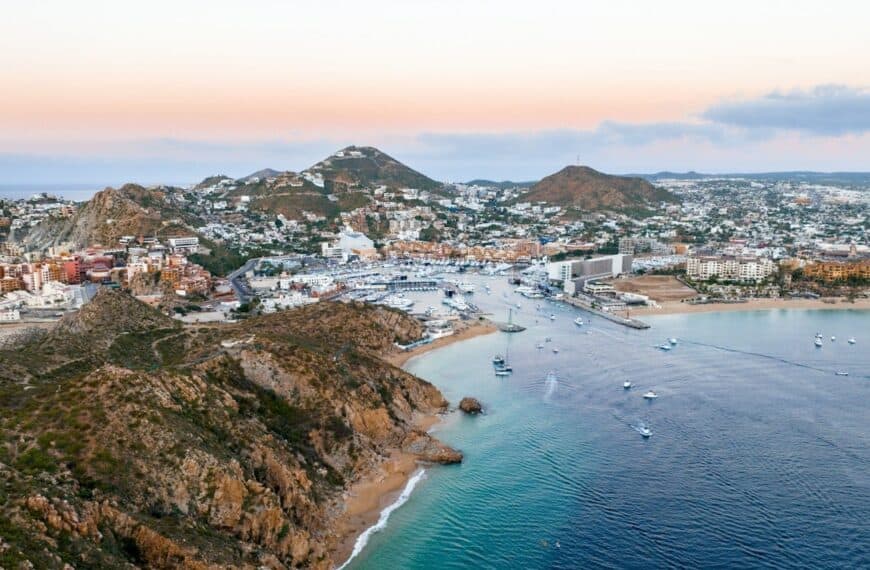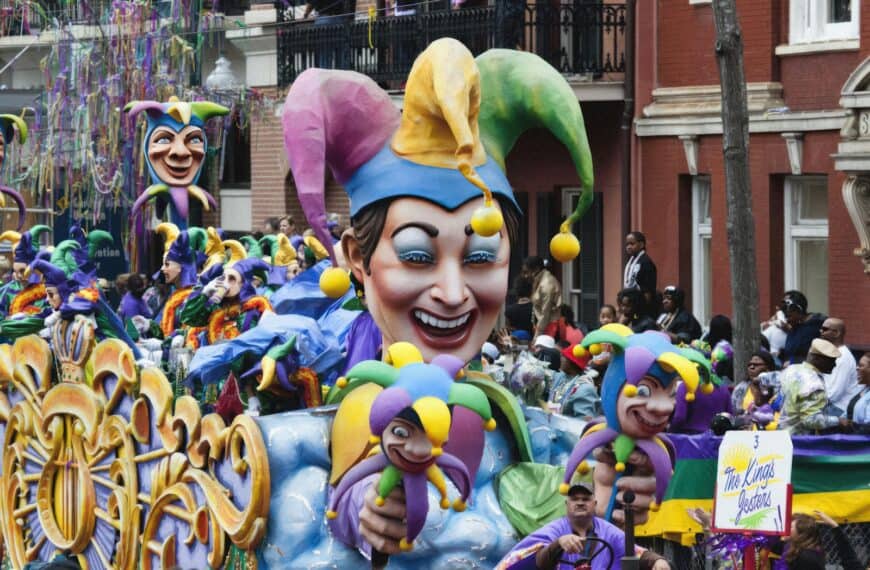Dominica Travel Guide: The Nature Island’s Wild Side
Intro to Dominica Travel Guide
Dominica is unlike any other Caribbean destination — a wild island of volcanic peaks, rainforest trails, boiling lakes, and black-sand beaches untouched by mass tourism. Adventure lovers and nature seekers come here not for resorts, but for waterfalls, wildlife, and soul-stirring hikes.
Start exploring with this immersive Dominica Travel Guide — including the best time to visit Dominica, travel cost breakdowns, top places to visit in Dominica, unforgettable things to do in Dominica, and guided Dominica tours through jungle trails, hot springs, and coastal villages.
Start exploring with this immersive Dominica Travel Guide — including the best time to visit Dominica, travel cost breakdowns, top places to visit in Dominica, unforgettable things to do in Dominica, and guided Dominica tours through jungle trails, hot springs, and coastal villages.
Where to Go in Dominica
Calibishie | Castle Bruce | Laudat | Marigot | Portsmouth | Roseau | Scotts Head | Soufriere | Trafalgar Falls | Wotten Waven
💡Quick Facts:
Destination: Dominica
Continent: North America (Caribbean)
Country: Dominica (Commonwealth of Dominica)
Administrative Division: 10 parishes
Area: 751 km² (290 mi²)
Population: ~71,000 (2024 est.)
Density: ~95 people/km²
Capital: Roseau
Regions/Subregions:
• Roseau (capital city, markets, cultural sites)
• Portsmouth (Cabrits National Park, Prince Rupert Bay)
• Kalinago Territory (indigenous Carib Reserve)
• Morne Trois Pitons National Park (UNESCO site, Boiling Lake)
• Southern Dominica (Scotts Head, Soufriere, Champagne Reef)
Official & Regional Languages: English (official); Dominican Creole (Kwéyòl) spoken regionally
Currency: Eastern Caribbean Dollar (XCD)
Time Zone(s): Atlantic Standard Time (AST, UTC-4)
Airports:
• Douglas-Charles Airport (DOM)
• Canefield Airport (DCF)
Climate: Tropical rainforest; wet and dry seasons with high humidity
Known For: “Nature Island” of the Caribbean, lush rainforests, volcanic landscapes, Boiling Lake, Trafalgar Falls, diving/snorkeling (Champagne Reef)
🛂Arrival Info:
• Visa-free entry for US, UK, Canada, EU (up to 6 months)
• Visa-on-arrival for select countries
• No electronic visa (e-visa) system currently in place
• Official entry info: Dominica Immigration
• Customs info: Dominica Customs & Excise Division
💉Health Info:
Recommended vaccines: Hepatitis A & B, Typhoid
Dengue fever and Chikungunya present; mosquito precautions advised
No malaria risk
Main hospitals: Princess Margaret Hospital (Roseau)
Clinics in Portsmouth and other towns
Travel insurance recommended, including medical evacuation coverage
✅ Check travel insurance options for travel emergencies, delays, and medical needs abroad — Get coverage here
✅ Stay Informed with Official Updates: WHO – International Travel & Health | CDC – Travel health updates
🚨Travel Advisory:
General Level 1: Exercise Normal Precautions
Petty theft risks in crowded markets and beaches
Scams rare but exercise caution with unlicensed tour guides
LGBTQ+ travelers accepted but discretion advised in rural areas
✅ Stay Informed with Official Updates: US Travel Advisory | UK Foreign Travel Advice
📅Holidays:
Independence Day: November 3
Carnival (Mas Domnik): February/March (dates vary)
Emancipation Day: First Monday of August
World Creole Music Festival: October
Christmas & Boxing Day: December 25–26
💰Visitor Info:
• Currency: Eastern Caribbean Dollar (XCD); USD widely accepted
• ATMs in Roseau and Portsmouth
• Credit card acceptance limited; carry cash for rural areas
• Tipping customary (10% in restaurants)
• Budget travelers: $50–80 USD/day
• Midrange: $100–150 USD/day
• Luxury: $200+/day
• No tourist tax; VAT (15%) included in goods/services
✈️Airports:
DOM – Douglas–Charles Airport (Melville Hall): Main international airport
DCF – Canefield Airport: Serves inter-island travel (limited)
No direct flights from U.S. or Europe — connect via Puerto Rico, Barbados, Antigua, or Saint Lucia
✅ Delayed or canceled flight? Check if you’re eligible for compensation
🚍Transport:
Public minibus system operates across the island (fixed routes, cash only)
Taxis available but fares should be agreed upon in advance
Car rentals available; driving is on the left-hand side
No ride-hailing apps or formal metro systems
Common scams: unlicensed guides offering discounted tours without permits
✅ Book reliable airport transfers and in-city rides in advance. Reserve your ride here
📶Connectivity:
SIM cards from FLOW and Digicel available at airports and city outlets
eSIM options limited
Good 4G coverage along the west coast; weaker in mountainous regions
Public Wi-Fi in hotels, some cafes, but limited in rural areas
✅ Stay connected abroad with affordable eSIM data packs. Get your eSIM here
📜Laws & Etiquette:
Legal drinking age: 16
Smoking banned in public indoor spaces
Casual, modest attire appropriate; beachwear restricted to beaches
Tipping expected in service sectors
Handshakes common; friendly greetings with locals appreciated
LGBTQ+ rights legally recognized but discretion advised in conservative areas
Avoid photographing individuals without permission, especially in Kalinago Territory
🛡️Emergency Info:
• Emergency: 999 (police), 611 (fire), 611 (ambulance)
• U.S. Embassy Barbados (covers Dominica)
• UK High Commission Barbados
• Tourist information offices located in Roseau and Douglas-Charles Airport
✅ Use embassy locator tools: Embassies Worldwide
🌦️Weather:
Best time to visit: December–April (dry season)
Wet season: June–November (hurricane risk; monitor forecasts)
Year-round temperatures: 24–31°C (75–88°F)
Frequent rain showers in rainforest areas; always carry a waterproof jacket
✅ Stay prepared—check the weather forecast for your destination — Weather Forecast
Dominica by Region – Where to Go
Though compact, Dominica’s regions offer bold diversity — from lush northern cliffs to geothermal southern valleys and heritage-filled towns.
Roseau & Central West Coast
- Roseau: The capital blends French colonial history with vibrant markets, waterfront cafés, and museums.
- Trafalgar Falls & Wotten Waven: Twin waterfalls and bubbling hot springs just outside the city.
- Morne Bruce: Hike or drive for panoramic views over Roseau Bay.
Northern Dominica
- Portsmouth: The island’s second-largest town near Cabrits National Park and historic Fort Shirley.
- Indian River: Paddle through a mangrove-lined waterway used in Pirates of the Caribbean.
- Purple Turtle Beach: Calm waters and family-friendly swimming.
East Coast & Kalinago Territory
- Kalinago Barana Aute: Discover indigenous culture in this reconstructed village of the Kalinago people.
- Salybia & Castle Bruce: Coastal communities known for local traditions and dramatic waves.
Southern Highlands & Natural Parks
- Boiling Lake: A bucket-list trek to one of the world’s largest hot water lakes.
- Morne Trois Pitons National Park: UNESCO-listed wilderness filled with waterfalls, fumaroles, and lakes.
- Champagne Reef: Underwater bubbles from volcanic vents make this one of Dominica’s top snorkel spots.
Top Places to Visit in Dominica
These standout places to visit in Dominica showcase its raw, natural energy and authentic Caribbean spirit.
Natural Wonders
- Boiling Lake: A steaming, surreal crater hike through valleys and sulfur springs.
- Emerald Pool: A jungle gem with a waterfall and swimmable basin.
- Titou Gorge: Swim through a narrow canyon to a hidden cascade.
Adventure & Hiking Sites
- Waitukubuli National Trail: The Caribbean’s longest hiking trail spanning the island from north to south.
- Morne Anglais & Morne Diablotins: Challenging treks for summit views and birdwatching.
- Middleham Falls: One of the tallest waterfalls on the island, accessible by forest trail.
Cultural & Heritage Locations
- Kalinago Territory: Visit artisans, try cassava bread, and learn from the Caribbean’s only remaining indigenous population.
- Roseau Old Market: Souvenirs, produce, and a feel for local life.
- Cabrits Fort Shirley: A 1700s British garrison in a national park setting.
Beaches & Snorkeling
- Champagne Beach: Natural sea bubbles and colorful reef life.
- Scotts Head Marine Reserve: A diver’s paradise where the Atlantic meets the Caribbean.
- Batibou Beach: Secluded cove framed by jungle and golden sands.
How to Choose Where to Go in Dominica
Dominica isn’t about all-inclusive resorts — it’s about experiences. Here’s how to match destinations to your travel style.
- For Hikers & Nature Lovers: Base near Roseau or Laudat for easy access to Morne Trois Pitons.
- For Culture & History: Stay in Roseau and visit Kalinago Territory and Fort Shirley.
- For Beach & Snorkel Access: Choose the west coast around Portsmouth or Soufrière.
- Efficient Pairings: Roseau + Boiling Lake + Portsmouth makes for a balanced island itinerary.
How to Get Around Dominica
Transportation is essential for reaching trailheads and rural beaches.
- Rental Cars: Best for independent travelers; roads are winding but scenic.
- Taxis: Reliable but pricier — good for single-day transfers or guided trips.
- Local Buses: Inexpensive, but routes are limited and don’t reach many natural sites.
- Boat Tours: Often the easiest way to access marine reserves and coastal villages.
Travel Budget & Costs in Dominica
Dominica offers good value for nature-based travel, but logistics can raise the budget slightly.
- Budget: $60–80/day — guesthouses, buses, self-guided hikes
- Mid-Range: $100–160/day — ecolodges, private tours, hot spring passes
- Luxury: $200+/day — boutique resorts, guided treks, water excursions
Sample Costs:
- Boiling Lake hike (guided): $60–80
- National park pass: $5–12
- Car rental: ~$45/day
- Fresh lunch or BBQ: $8–15
- Island tour: $90–150/day
Best Time to Visit Dominica
Dominica has a tropical rainforest climate with wet and dry patterns rather than four seasons.
- December–May: Dry season and peak for hiking, snorkeling, and festivals.
- June–November: Wet season brings lush landscapes but potential storms (though less than other islands).
- February: Don’t miss Dominica Carnival — one of the Caribbean’s most authentic.
The best time to visit Dominica is during the dry season, especially for long hikes and marine visibility.
Must-See Experiences in Dominica
Don’t leave without diving into these top things to do in Dominica — raw, real, and refreshingly unpolished.
- Trek to Boiling Lake via Valley of Desolation
- Snorkel through volcanic bubbles at Champagne Reef
- Bathe in Ti Kwen Glo Cho hot springs
- Paddle the Indian River with a local guide
- Swim in the Emerald Pool under rainforest canopy
- Visit the Kalinago Cultural Center and buy handmade crafts
- Watch sunset from Scott’s Head Peninsula
- Sample mountain herbs at Papillote Tropical Gardens
Book immersive Dominica tours and experience unforgettable things to do in Dominica — from sacred temple rituals and highland treks to floating markets and lakeside food adventures.
Best Travel Itineraries in Dominica
Whether you have 3 days or 2 weeks, here’s how to experience the best of the Nature Island.
5-Day Waterfall & Volcano Trek
Roseau base + day hikes to Boiling Lake, Trafalgar Falls, and Middleham Falls
7-Day Adventure Itinerary
Roseau → Laudat → Portsmouth
- Hiking, snorkeling, Kalinago visit, and Indian River
10-Day Nature & Culture Journey
Day 1–4: Roseau + hot springs
Day 5–6: Kalinago Territory + east coast
Day 7–10: Portsmouth + Cabrits + Scott’s Head snorkel
Local Cuisine & Culinary Experiences
Dominican food is fresh, spicy, and filled with Creole influences.
What to Try
- Mountain Chicken (crapaud): Local delicacy, though now rare and protected
- Callaloo Soup: Made with dasheen leaves and coconut milk
- Green Fig & Saltfish: A hearty breakfast of bananas and salted cod
- Sancocho: Slow-cooked stew with provisions and meat
- Coconut bakes: Fried or baked sweet bread served warm
Culinary Tips
- Eat at local “lolos” (roadside kitchens) for the freshest meals
- Visit Roseau’s Saturday market for fruits, bush teas, and spices
- Sample fresh river fish and wild herbs at ecolodge restaurants
Taste your way through Dominica with tours that highlight jungle farming, herbal healing, and Creole flavors.
Travel Safety & Cultural Etiquette in Dominica
Dominica is safe and community-oriented, with strong cultural pride and eco-conscious values.
- Tap water is safe in most areas
- Hike with a guide in remote regions like Boiling Lake
- Use reef-safe sunscreen — Dominica is fiercely protective of its marine life
- Greet people respectfully — “Good morning” and “Good afternoon” are expected
- Cash is king in rural areas; ATMs are mostly in towns
Where to Go Next – Pair Dominica with These Destinations
Add one or more of these nearby destinations to your Caribbean adventure.
- Guadeloupe: Direct ferry route connects these two volcanic islands.
- Martinique: Fly or ferry from Roseau; adds French-Caribbean elegance.
- Saint Lucia: Short flight away — combine Pitons with Dominica’s rugged trails.
- Barbados: International hub and cultural contrast.
Saint Lucia Travel Guide | Martinique Travel Guide | Guadeloupe Travel Guide |Barbados Travel Guide
Final Planning Checklist for Dominica
- Reserve guides in advance for Boiling Lake and Waitukubuli Trail
- Book eco-lodges and small guesthouses early — they fill fast in dry season
- Bring hiking gear, water shoes, and waterproof bags
- Download offline maps and trail info
- Budget extra time for winding roads and weather-dependent routes
- Confirm ferry schedules to Guadeloupe or Martinique if island hopping
- Carry cash for rural stops and tips
- Respect protected wildlife and marine zones — no touching coral or feeding animals
Explore Dominica with confidence using our trusted tips, local insights, and region-by-region planning tools.
For more expert travel tips, practical strategies, and trusted tools — visit our Homepage and get inspired for your next trip.

